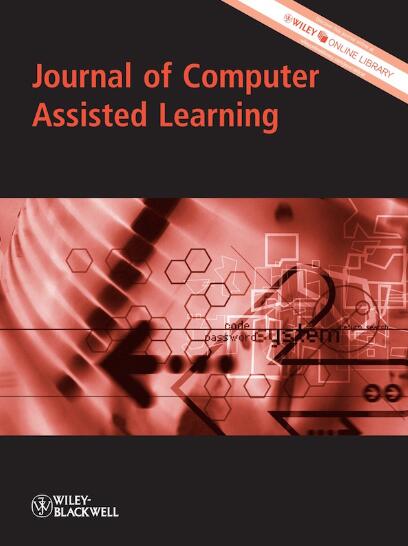Does L2 Speaking Anxiety Differ in Classroom and Synchronous Online Learning Environments? Evidence From EFL College Students
Abstract
Background
While a substantial number of studies have investigated English-as-a-foreign-language (EFL/L2 English) anxiety, they predominantly examined it from a unidimensional perspective, overlooking the potential insights offered by examining language-skill-specific L2 anxiety from a multidimensional lens. Moreover, prior research has overlooked the influence of shifts in learning environments on L2 anxiety, particularly the transition from traditional face-to-face classroom instruction to technology-mediated synchronous online language learning.
Objective
Against this background, this study, drawing on the tripartite model of L2 anxiety, examined the differences in EFL college students' self-perceived L2 speaking anxiety across the cognitive, somatic and behavioural dimensions under both traditional classroom-based learning and synchronous online learning conditions.
Method
A total of 153 Chinese EFL learners from two universities voluntarily participated in the study. Data were collected using an adapted L2 speaking anxiety scale (22 items). Confirmatory factor analysis and Cronbach's alpha test were conducted to confirm the construct validity and reliability of the scale. Subsequently, linear mixed-effects modelling (LMM) was performed to examine the influence of fixed (traditional classroom vs. synchronous online learning) and random effects (individual differences) on L2 speaking anxiety.
Results and Conclusion
The results revealed that learners' L2 speaking anxiety was significantly lower in the synchronous online learning context than in the traditional classroom setting. Specifically, students experienced less cognitive and somatic anxiety when speaking English in the synchronous online learning environment. However, no significant difference was observed in the behavioural dimension of their L2 speaking anxiety across the two learning conditions. Overall, synchronous online learning appears to offer potential benefits in alleviating learners' L2 speaking anxiety. The study concludes with pedagogical implications for teachers in terms of how to design learning environments to effectively mitigate learners' L2 speaking anxiety.

 求助内容:
求助内容: 应助结果提醒方式:
应助结果提醒方式:


